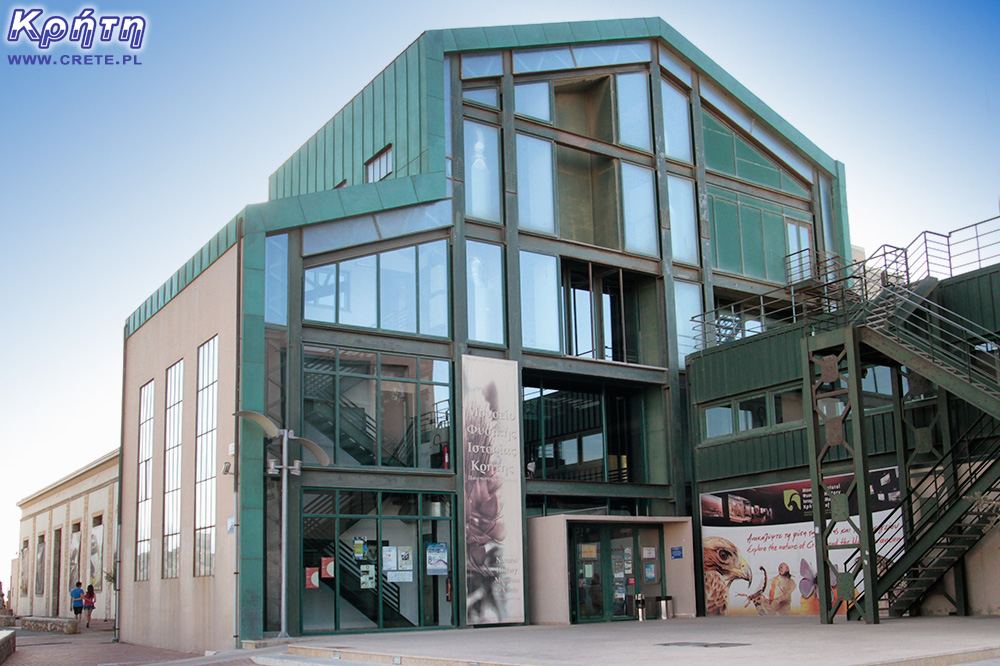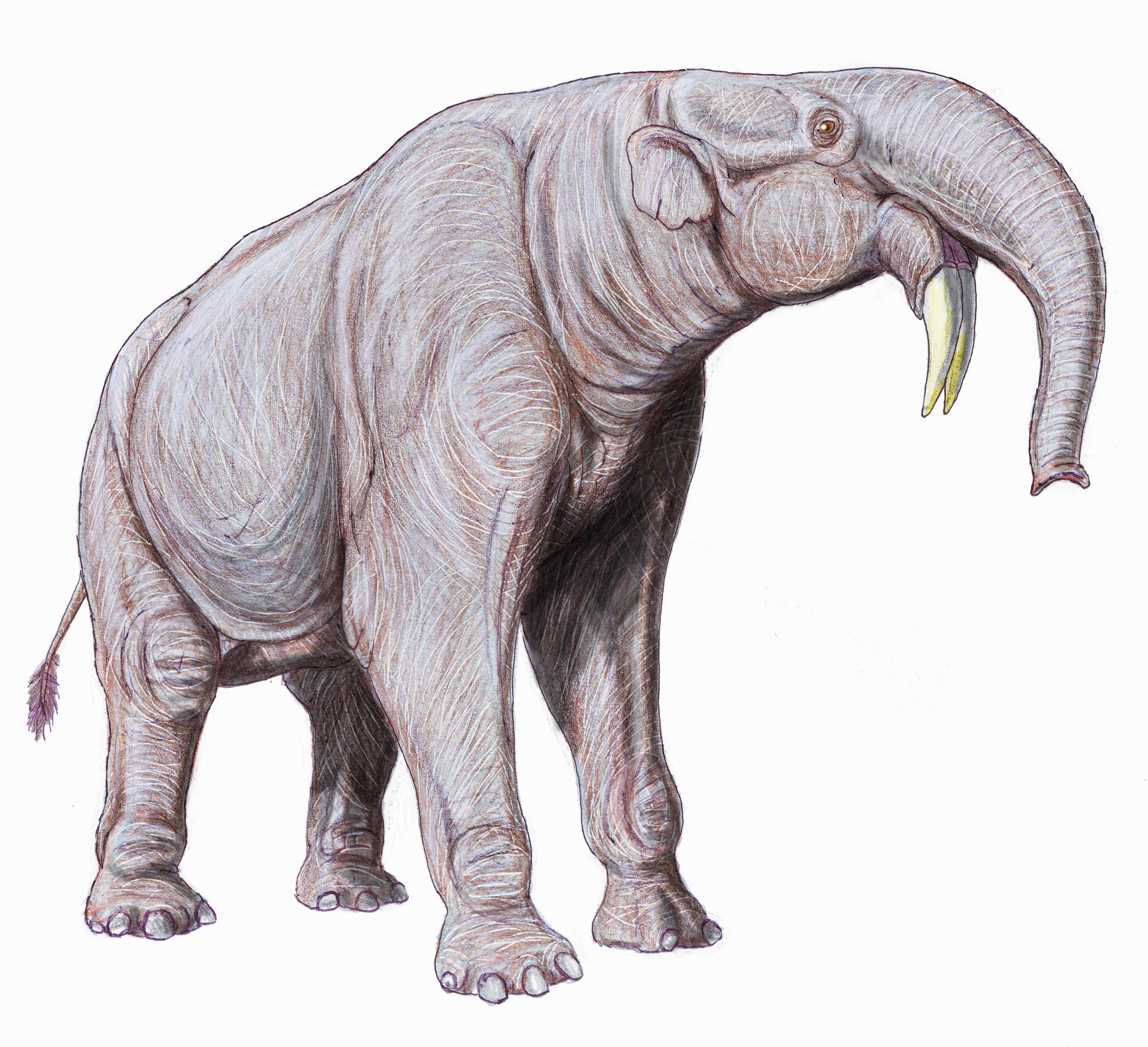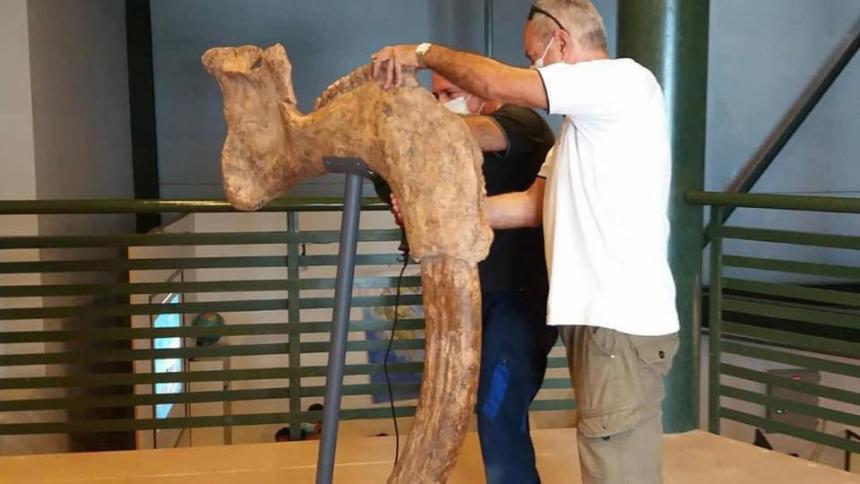
 2020-09-07 20:20:04
2020-09-07 20:20:04
According to the website rethemnosnews.gr, at the Natural History Museum of Crete in Heraklion, the remains of a prehistoric animal called the "terrible beast" are now on display. Deinotherium is its scientific Latin name. This animal is a distant ancestor of the modern elephant. Interestingly, the small remains displayed in the museum were found near Agia Fotia and Sitia in Crete.
 The building of the Natural History Museum of Crete in Heraklion
The building of the Natural History Museum of Crete in Heraklion
According to the sources, "the beast" was terrible only because of its appearance and impressive size, because Deinotherium belonged to the order of herbivorous proboscis. Some adult specimens could be as high as 5 meters and weigh up to 10-15 tons. Thus, in terms of size, the "terrible beast" competed with mammoths. This species was discovered in the 19th century, it is estimated that Deinotherium lived from the early Miocene to the middle Pleistocene, i.e. from about 20 million to 1 million years ago.
 The sketch of Deinotherium comes from Wikipedia
The sketch of Deinotherium comes from Wikipedia
The biggest differences between Deinotherium and other trumpeters are in the structure of the teeth. Huge tusks emerged from the lower jaw and were curved and pointed downwards. This is completely different than in the case of elephants or mammoths. To this day, specialists are looking for an answer to the question about the use of this type of canine in the everyday life of animals. One theory is that they were used to dig up the roots and tubers of plants from the ground. In the Natural History Museum, you can see just a part of such a canine along with a fragment of the Deinotherium lower jaw.
 Installation of the discovered fragment of Deinotherium at the Museum.
Installation of the discovered fragment of Deinotherium at the Museum.
The photo comes from the portal rethemnosnews.gr
The museum is open from Monday to Friday from 9am to 5pm, and from 10am to 6pm on weekends. An admission ticket for an adult costs € 7.5, reduced € 4.5.
Komentarze
Wypełnij poniższy formularz aby dodać komentarz
lub kliknij w poniższy link aby skorzystać z możliwosci komentowania przez facebooka:
https://www.facebook.com/crete.poland/posts/10157408900112551